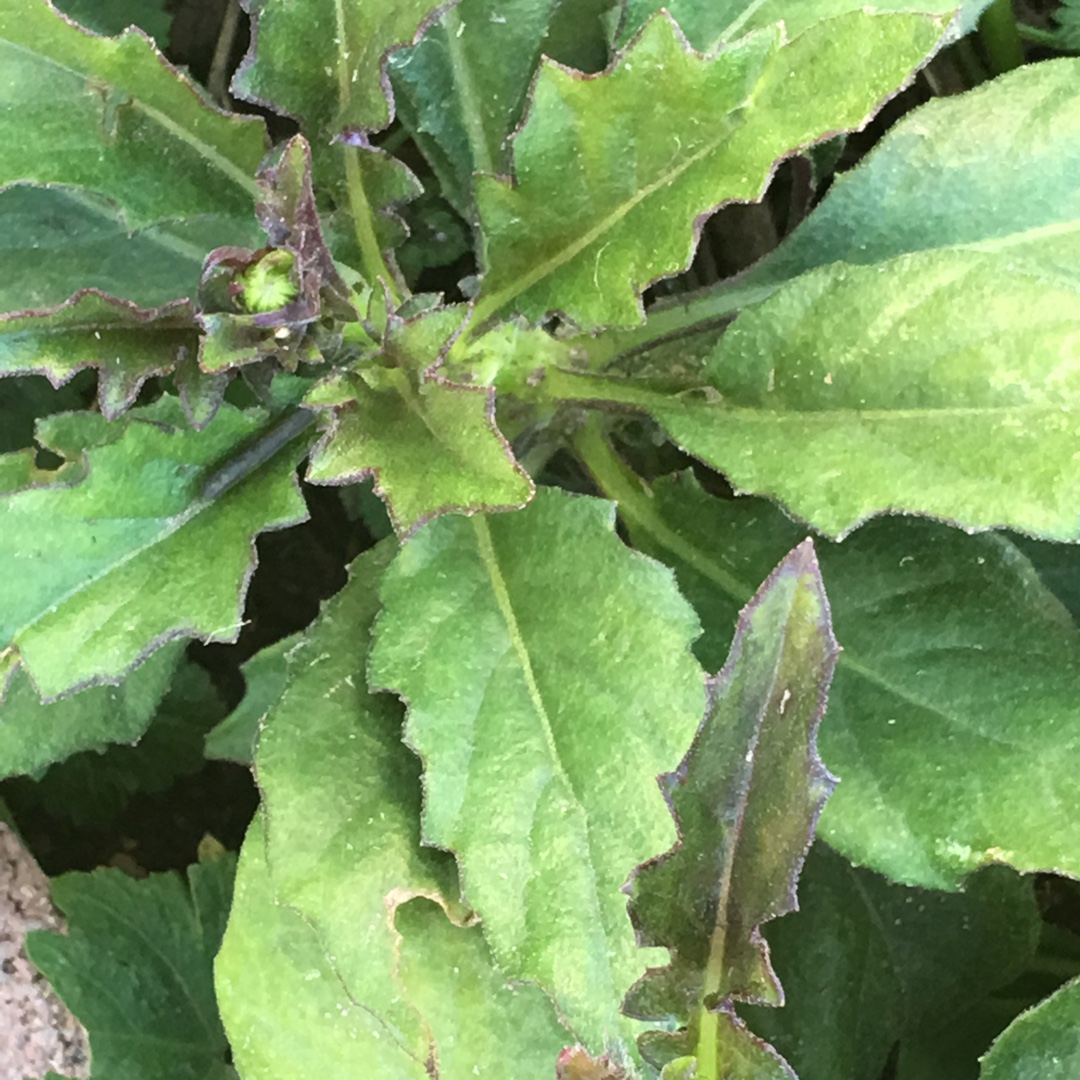
Gynura Crepioides
Okinawa spinach
Gynura are evergreen perennials and sub-shrubs native to Asia. Grown as a houseplant in cooler climes, they have toothed leaves, and a scrambling or trailing habit. The flowers are orange or yellow, and have an unpleasant smell. 'Okinawa Spinach' is a native of Indonesia that has edible dark green leaves with purple undersides. In Indonesia they are eaten or cooked as a green vegetable. There are claims that this plant can reduce cholesterol.
Contributed by @niching
-
Partial shade
-
Occasional watering
-
Not Frost hardy
-
Moist and free draining
Common name
Okinawa spinach
Latin name
Gynura Crepioides
type
Flowering plant
family
Asteraceae
ph
5.0 - 8.0 Acid - Neutral
Plant & bloom calendar
-
Best time to plant
-
When the plant will bloom
full grown dimensions
 0.50 M
0.80 M
0.50 M
0.80 M
Gynura Crepioides
Gynura are evergreen perennials and sub-shrubs native to Asia. Grown as a houseplant in cooler climes, they have toothed leaves, and a scrambling or trailing habit. The flowers are orange or yellow, and have an unpleasant smell. 'Okinawa Spinach' is a native of Indonesia that has edible dark green leaves with purple undersides. In Indonesia they are eaten or cooked as a green vegetable. There are claims that this plant can reduce cholesterol.
Planting
From Early Spring TO Early Spring
Unfortunately, Purple Passion Plants are only hardy in zones 10-12, so their most common use is in hanging planter, growing as house plants. In the garden, plant your Passion Vine in an area where it will receive some shade from the hottest, mid-day sun. It should be grown in a rich, slightly acidic, well-drained soil.Keep the soil evenly moist during the growing season.
Flowering
From Late Summer TO Late Winter
Purple Passion Plants produce yellowish-orange, 1" flowers, usually in Winter. These flowers have an unpleasant odor, so you may want to remove them in their bud stage.
Propagating by cuttings
From Late Spring TO Early Summer
When you trim the plant, just put any of the trimmings in water, (like flowers in a vase!) and they will probably root! Once roots have formed, pot them up in pots of good quality compost to grow on.









